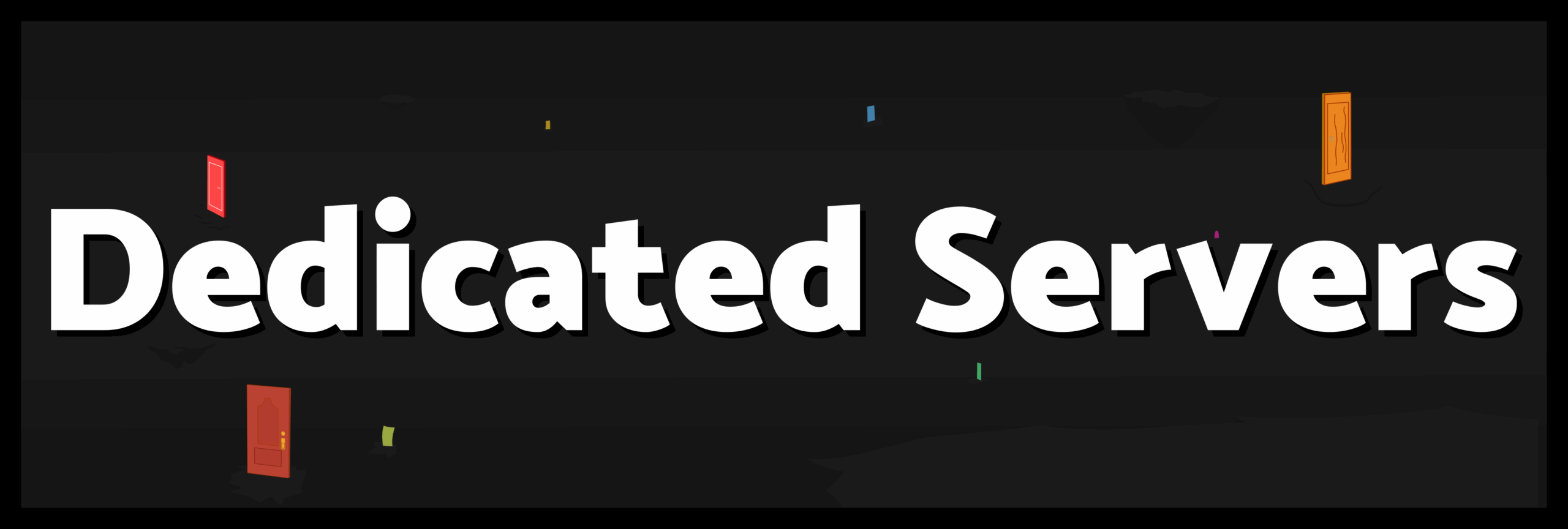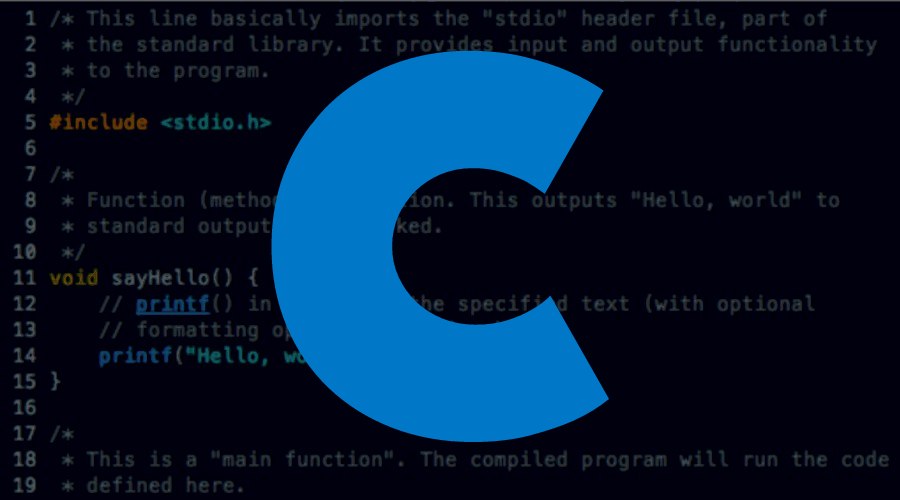The New Fizzbuzz
-
Q: How do you build a chatbot? Junior A: Openai Playground > grab API key > done. Where is my senior job now Reality: Congrats, you’ve built a chatbot that works for exactly one user. Now try handling 1000+ users without your server catching fire. API rate limits will slap you after the first dozen requests, and your database will choke on all those individual message saves. Senior job? More like intern vibes—back to the tutorial mines with you.
-
Q: How do you handle 1000+ concurrent users? Junior A: Just use the API, bro. It’s simple. Reality: Your app implodes faster than a SpaceX test rocket. Without queues or load balancing, you’re toast.
-
Q: What happens when you hit the LLM API rate limits? Junior A: Uhh, I dunno. Cry? Reality: Users get “rate limit exceeded” errors, and your app becomes a meme. Ever heard of queues or rate limiting users? No? Welcome to junior town.
-
Q: How do you store chat history without tanking your database? Junior A: Save every message to the DB as it comes. Easy. Reality: Your database screams for mercy after 100 users. Batch updates and in-memory storage (Redis, anyone?) are your friends.
The Meme: “It’s Just an API Call”
Bad Architecture vs. Good Architecture
-
Bad Architecture: You’ve got a shiny frontend that sends every user message straight to the OpenAI API. No queues, no caching, no brain. User types “hi,” backend pings the API, waits, and sends back “hello.” Simple, right? Junior energy.
-
Good Architecture: Frontend sends messages to a backend queue (say, RabbitMQ). The backend processes them in order, caches frequent stuff with Redis, and batches database writes. Load balancers spread traffic across servers, and auto-scaling (AWS, anyone?) kicks in when things get spicy. What happens with 1000 users? The app keeps trucking. Users might wait a sec during peak times, but nothing breaks. Responses stay snappy, and your server doesn’t turn into a toaster. Senior vibes.
The difference?
How to Start Building a Scalable LLM Chat App
-
Caching:Redis for stashing frequent replies. Why? Cuts API spam. (Caveat: If every chat’s unique, caching’s less clutch—but still flexes for repetitive stuff.)
-
Efficient Data Storage: Don’t drown PostgreSQL with every “lol.” Keep live chats in Redis—fast, slick, in-memory goodness—then batch updates to your DB every few minutes. Why? Real-time writes = Database Hell. Batching = peace. (Catch: If a user logs out and back in, fetch from both Redis and PostgreSQL to stitch their history. Small price for not sucking.)
-
Bandwidth Optimization: JSON’s comfy but bloated—ditch it for Protocol Buffers if you’re serious. Why? Leaner data = snappier app. (Real talk: Short texts won’t save tons, but high-volume chats? Bandwidth gold.)
Pro tip:
Source: Alex Fazio
Read other news at our blog
In need of a Web Server? Take a look at our services























